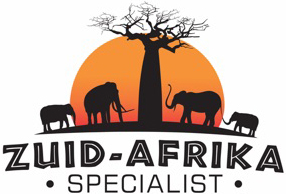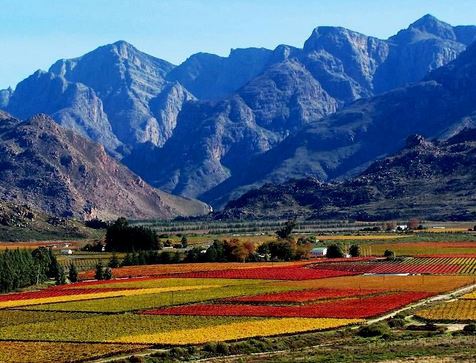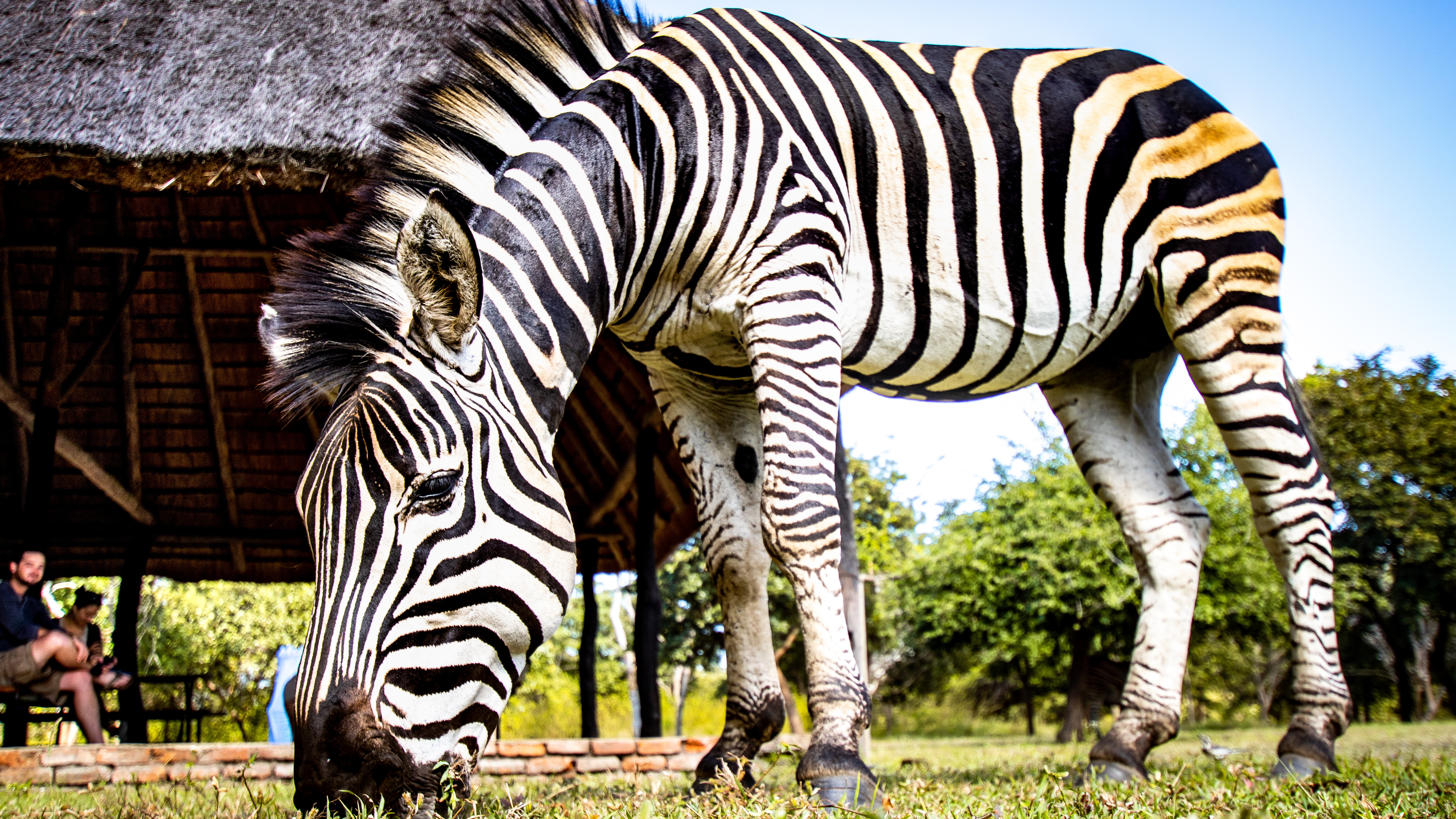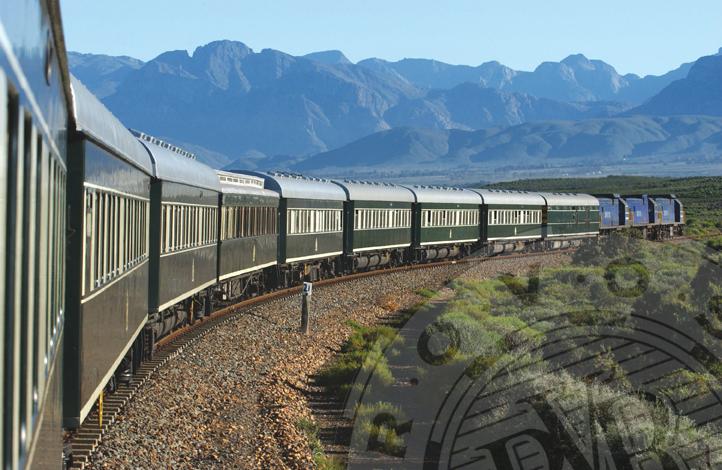Makgadikgadi and Nxai Pans National Park
In the west of Ntwetwe you will find the 3900 square kilometer Makgadikgadi Game Reserve, most of the year there is no rain in this area which makes it very difficult for (larger) mammals to live here. However, in the wet season, large herds of zebras and wildebeests in particular travel across grasslands followed by hunters such as lions and hyenas. After rainfall you can also see tens of thousands and sometimes hundreds of thousands of flamingos in the Nata Sanctuary which gives an impressive picture. When it rains heavily for a longer period of time, the surrounding rivers provide even more water for this otherwise dry area. The Makgadikgadi Game Reserve also includes kudu, gemsbok, giraffes, rooibok, springbok, moose and even elephants.
When you drive on the road between Maun and Nata, you actually drive through the Makgadikgadi Nxai Pan National Park. Many lodges in and around Nata and Maun offer excursions and safaris in this area. Most tourists choose not to drive in the park themselves, but to use the vehicles and guides from the local providers.
Those who visit the salt pans cannot really miss a visit to Kubu Island. This “island” of granite rocks is located in the south-west of the Soa pan and is truly a magical place in the midst of the extensive drought. On the island (about a kilometer long) a number of beautiful Baobab trees grow and this inspires both amateur and professional photographers. During sunrise and sunset you can shoot even better pictures than during the day. There is a “camping” on Kubu Island, but it has no facilities (no toilets, braai places, water or electricity), so you will have to bring everything yourself if you want to spend the night here, the real camping in Africa! Hordes of tourists you will not find what makes this a wonderfully quiet and inspiring place.
Already a taste?
One of our customers documented his visit to Botswana in 2017:
– Nxai Pan: https://vimeo.com/252125917
– Kubu Island: https://vimeo.com/250250028
– Makgadikgadi Pans: https://vimeo.com/251512433



